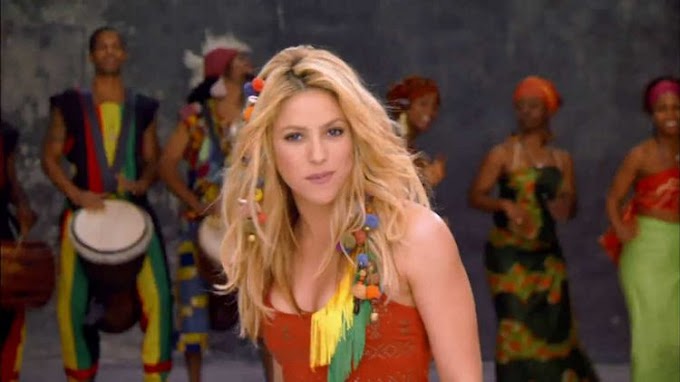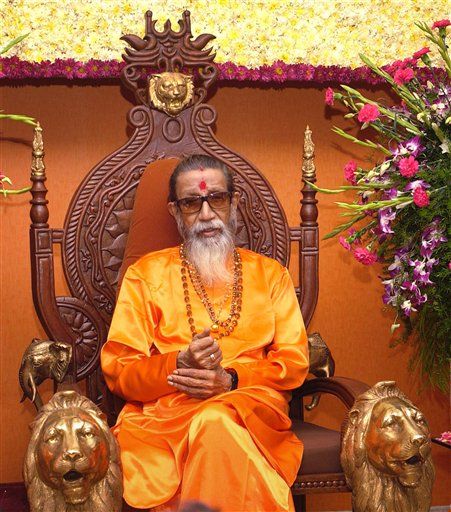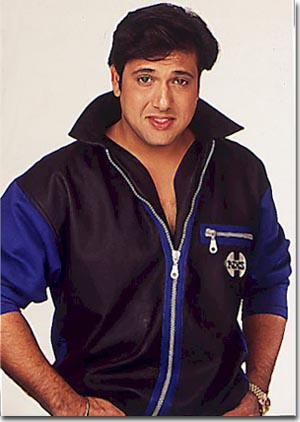Batman
From Wikipedia, the free encyclopedia
This article is about the superhero. For other uses, see Batman (disambiguation).
| Batman | |
|---|---|
Promotional art for Batman #608 (Oct. 2002, second printing) Pencils by Jim Lee and inks by Scott Williams | |
| Publication information | |
| Publisher | DC Comics |
| First appearance | Detective Comics #27 (May 1939) |
| Created by | Bob Kane (concept) Bill Finger[1] (developer, uncredited) |
| In-story information | |
| Alter ego | Bruce Wayne Dick Grayson |
| Team affiliations | Batman Family Justice League Wayne Enterprises Outsiders |
| Partnerships | Robin Batgirl Superman |
| Notable aliases | Matches Malone Sir Hemingford Grey |
In the original version of the story and the vast majority of subsequent retellings, Batman's secret identity is Bruce Wayne, an American playboy, industrialist, and philanthropist. Having witnessed the murder of his parents as a child, he swore revenge on crime, an oath tempered with the greater ideal of justice. Wayne trains himself both physically and intellectually and dons a bat-themed costume in order to fight crime.[2] Batman operates in the fictional American Gotham City, assisted by various supporting characters including his crime-fighting partner, Robin, his butler Alfred Pennyworth, the police commissioner Jim Gordon, and occasionally the heroine Batgirl. He fights an assortment of villains such as the Joker, the Penguin and Catwoman, influenced by the characters' roots in film and pulp magazines. Unlike most superheroes, he does not possess any superpowers; he makes use of intellect, detective skills, science and technology, wealth, physical prowess, and intimidation in his continuous war on crime.
Batman became a popular character soon after his introduction and gained his own comic book title, Batman, in 1940. As the decades wore on, differing interpretations of the character emerged. The late 1960s Batman television series used a camp aesthetic which continued to be associated with the character for years after the show ended. Various creators worked to return the character to his dark roots, culminating in the 1986 miniseries Batman: The Dark Knight Returns, by writer-artist Frank Miller, while the successes of director Tim Burton's 1989 film Batman and Christopher Nolan's 2005 reboot Batman Begins also helped to reignite popular interest in the character.[3] A cultural icon, Batman has been licensed and adapted into a variety of media, from radio to television and film, and appears on a variety of merchandise sold all over the world.










0 Comments